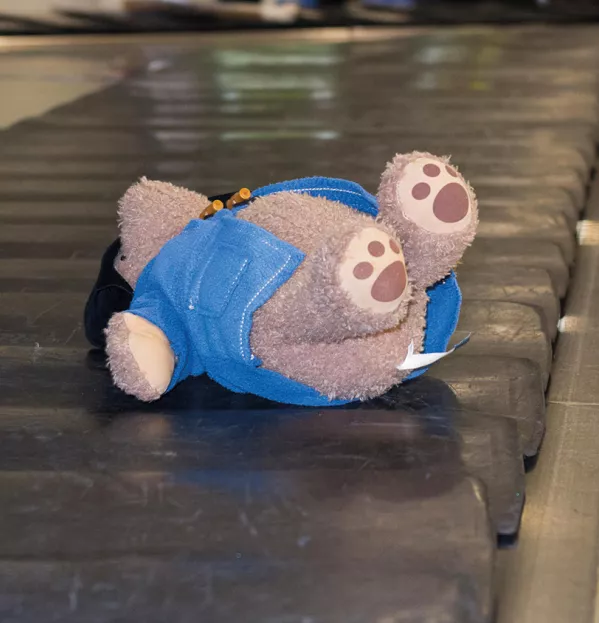Carousel tasks: why I no longer use them

I look around my classroom and smile. It has taken me all lunchtime to set up, but the carousel tasks for period 5 are ready to go. The tables are in groups and on each table is a different activity based on the Boscastle flood, along with the resources that pupils will need and the instructions for that station.
At the end, I’ll put the students into different groups and tell them to share what they have learned and answer the question “Why were the impacts of the Boscastle flood so severe?”
I can leave them to it. I’ll hardly have to say anything at all. This is going to be brilliant!
It starts well. The class come in, excited to see a different layout, and most are happy to be sorted into groups (although it does take five minutes longer than I expected to sort out the complaints about who could work with whom). Eventually we are off.
They go to their first stations and they start reading through the instructions. There is the kind of excited “buzz” I’d always been told I needed to try to create in the classroom and clear evidence of independence as they get on and work without me being didactic and issuing instructions like some sort of sage on a stage. They don’t need me at all.
For about 30 seconds. A hand shoots up from one table and I go over. It is a group using an Ordnance Survey map and practising the OS map skills they learned last year. But they have forgotten how to read six-figure references.
I quickly reteach it at that table, but I am aware hands have gone up on every table. One group doesn’t know what this “Boscastle” thing is. Is it a place? Another is trying to work out why the views of different stakeholders might vary, but they don’t know enough about the event yet (they haven’t been to that station) to work this out.
Soon I am running from group to group, trying to teach each what it needs, cajoling pupils who are clearly sitting back and letting everyone else work, and trying to keep everyone focused.
After 10 minutes I blow the whistle (I had a whistle!), and they all move on to the next station and, after 30 seconds, the hands start shooting up again.
So, I no longer use carousel tasks. There are several problems with them.
Firstly, they aren’t very efficient. They take longer to set up than simply teaching to the whole class and they take more time for the pupils, as they have to move from table to table and then refocus their attention.
Secondly, they are less effective. There is a reason why I teach elements of a lesson in a certain order; they make more sense that way. In the example above, pupils needed to know where Boscastle was and what the event was like. They then needed a refresher in using OS maps before using them to understand the surrounding landscape. After this, they could look at the impacts of the flood and the response, and only then could they understand different views on all of this. Breaking these topics up into different stations in a classroom really doesn’t work.
When pupils come back into a group to “share what they have learned”, they are just as likely to share misconceptions they have built up. There has been no questioning from the teacher to check for understanding. There is also a good chance that some of them will have happily sat back and let others in the group carry them through, learning little in the process.
So now, the tasks that the pupils did remain, but the carousel has gone. And we are all a lot happier for it.
Mark Enser is head of geography and research lead at Heathfield Community College in East Sussex. His new book, Teach Like Nobody’s Watching, is available for pre-order. He tweets @EnserMark
This article originally appeared in the 13 September 2019 issue under the headline “Time to get off the merry-go-round”
You need a Tes subscription to read this article
Subscribe now to read this article and get other subscriber-only content:
- Unlimited access to all Tes magazine content
- Exclusive subscriber-only stories
- Award-winning email newsletters
Already a subscriber? Log in
You need a subscription to read this article
Subscribe now to read this article and get other subscriber-only content, including:
- Unlimited access to all Tes magazine content
- Exclusive subscriber-only stories
- Award-winning email newsletters